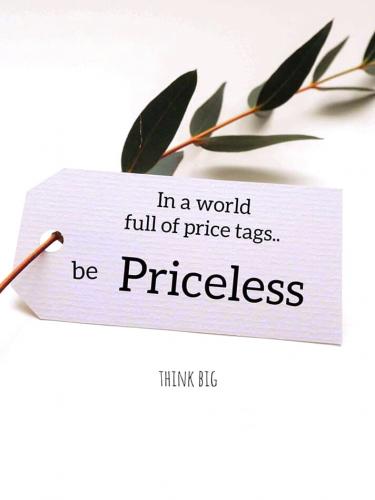News And PoliticsCommunications And EntertainmentSports And FitnessHealth And LifestyleArts And EducationBusiness And MoneyReligion And PrinciplesRelationship And MarriageScience And TechnologyMotivationalsEngineeringFood And KitchenIT And Computer ScienceVehicles And MobilityGive AidPersonal Care And BeautyQuestions And AnswersHobbies And HandiworksFamily And HolidaysLawStories And PoemsOthers
profile/4405FB_IMG_15672861898579440.jpg
Yimika001
What L Means In Automatic Cars And When To Use It
~3.4 mins read
In the Automatic car transmission system, the gears shift automatically and some people wonder why it is important to use an L gear. L stands for low transmission and it improves your car performance by maximizing fuel efficiency and increasing the engine power so long as you know the right time to drive in low gear.
The L gear is also known as the first gear. The L gear slows down the engine and provides more torque in automatic cars. In any automatic car, the gears automatically shift from ‘park’ or ‘idle’ to first and then gradually up to the fifth depending on the speed of the vehicle.
So when you Shift to an L gear in an automatic means the car will stay in the first gear despite the engine being shifted to a higher gear. This results in less speed, more torque, and more power for the engine.
So when is the appropriate time to shift to an L gear?
1. Towing
This is the most appropriate time to use the L gear. It generates more engine power making it easier to tow a heavy load.
2. Riding down a Steep Road
It is not advisable to use brakes when riding down a steep road to slow down the vehicle because that causes brake pads to overheat leading to failure. The L gear will automatically slow down the vehicle without putting too much pressure on the brake pads.
3. Climbing a steep hill
Ascending a steep hill, gravity works on the vehicle and makes the engine work much harder. Doing this is almost like towing something heavy, using the first gear will make the task a bit easier for the engine.
Have you found this helpful? Kindly share to others and spread the word. Please also note that your interest is my goal and I need your feedback. Kindly login, Like, share and comment on this article. Thanks for reading!
profile/4405FB_IMG_15672861898579440.jpg
Yimika001
SAFETY FIRST!!! If You Notice These Things In Any Public Bus, Ask The Driver To Drop You Immediately
~3.3 mins read
Many Nigerians board public buses when they have a place to go either to their business places or workplaces. But like every other thing, there are several things anyone planning to enter a bus must take note of.
These are necessary security information anyone that travels or boards Public buses while travelling must know, as it will go a long way in saving you from some troubles.
If you notice these 3 things in any Public Bus, then you must alight or ask the driver to stop;
1. If the Public Bus doesn't pick up new passengers when there is alot of space; this is a top security information you must know. If the driver or the conductor doesn't give you cogent reasons why he won't pick more passengers, alight from such bus. The reason why you should raise an alarm or ask the driver to stop is because you don't know whether those already inside the bus are his gang members.
Even if they are normal people, it is safer to alarm and alight from such bus because you never know what he is planning and from experience it is most likely evil. The only problem we have in Nigeria is that we always put Irrelevancies before life, no matter where you are going, raise alarm and alight from such bus if you care about your life and well-being.
2. If the Driver is Drinking While Driving: when I say drinking, I don't mean taking a bottle of stout or alcoholic drinks while driving but I mean drop if you notice that the driver is sipping sachet alcoholic drinks. We always overlook this but it's very dangerous as such drinks contain strong alcoholic contents and can even result to the reckless driving and subsequently an accident.
Immediately you notice that the driver of the bus you boarded is taking sachet alcoholic drink, please and please alight from such bus because life is more important than wherever you think you're going to. Simply alight and enter another bus for your own precious life.
3. Unnecessarily Speeding: this is naturally dangerous and can lead to untimely death. If notice that the bus you boarded is speeding unnecessarily, don't just shout and caution the driver, alight and take another bus. Once you warn or caution the driver and it appears the driver is adamant about it, just ask him to stop so that you can alight. If you don't go to where you intend to go, you won't die! Always put your life first before any other thing.
Kindly login, like and share your comments on this article. Thanks
Advertisement

Link socials
Matches
Loading...
